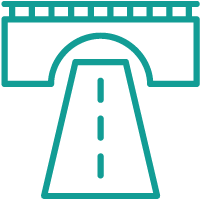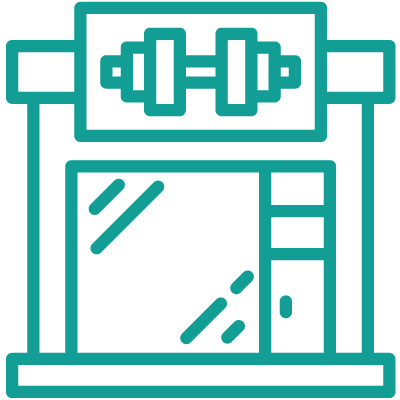VR for Engineering & Manufacturing
3D Walkabout is an Australian based VR studio that designs amazing VR apps for Engineering & Manufacturing Industry.

Virtual Reality (VR) for Engineering & Manufacturing
Virtual Reality (VR) offers many advantages for manufacturing and engineering companies, improving training, stakeholder engagement, and collaboration. VR provides a highly immersive and interactive training environment, allowing employees to simulate real-world scenarios and gain hands-on experience with complex equipment and procedures. This enhances their skills, reduces training time, and improves overall productivity. VR can also be used to engage stakeholders by creating virtual walkthroughs of manufacturing facilities, demonstrating processes, and showcasing product prototypes. This fosters better communication, understanding, and collaboration with clients, partners, and investors. Moreover, VR enables remote collaboration, connecting teams across different locations to work together in a shared virtual space, streamlining decision-making and project execution. By embracing VR technology, manufacturing and engineering companies can optimize training, enhance stakeholder relationships, and drive innovation in their respective industries.
What are the benefits of VR for the engineering & manufacturing industry?
Allowing you to share projects with others easily
Exploring new product designs in immersive environments
Testing scenarios that could happen in real life
Making it easier to work collaboratively with others
Allowing for prototypes to be made
Improving communication among team members
Being more cost-effective for a business
Increasing productivity with employees
Ensuring better quality control
Enabling 3D model viewing from all angles
How VR is currently being used by engineering companies
One of the most common ways that VR is used in engineering is for 3D walkthroughs. Engineers can use this technology to create virtual environments where they can design buildings or other structures without having to build anything until they’re ready to do so.
Engineers also use VR to help them visualize how their products will look when they’re finished being manufactured. This saves time and money because it allows engineers to test their ideas before manufacturing begins in earnest. This also helps engineers catch any mistakes early on in the process so that they don’t have to waste time fixing them later on down the road.
There are also other uses for VR technology within the field of engineering as well. For instance, some people use VR headsets to test prototypes before they put them into production (this can save both time and money). Other people use VR headsets as part of their training process (this allows them to practice using new tools or equipment before actually using it).

Brainstorm your ideas on 1300 00 3392
If you’d like to receive our full ‘VR for Engineering & Manufacturing Information Pack & Price List‘ please add your details below.
The industries we work in
VR Engineering & Manufacturing Projects
No Results Found
The page you requested could not be found. Try refining your search, or use the navigation above to locate the post.
VR Engineering & Manufacturing Articles
VR Engineering & Manufacturing Videos
Frequently Asked Questions
How can VR reduce costs in engineering?
In traditional design and development processes, engineers use 2D drawings or computer models to help them visualize a product before it’s built. This means that they have to rely on their imagination and memory to picture how the finished product will look and work. This often leads to mistakes being made and costly rework being required during production.
How can VR be used in product design?
When used in product design, VR can create a virtual prototype of the product that can be tested before the first physical prototype is ever built. This early testing can save companies time and money by finding potential flaws in their designs before investing time and money into physical prototypes that may not work as anticipated.
How can VR improve engineering instructions?
Virtual reality (VR) has the potential to transform engineering and manufacturing. The technology can be used to improve instructions for complex machinery and help people learn how to use new machines. Engineers often struggle with writing instructions that are clear, concise and understandable. With VR, manufacturers can create an immersive experience that simulates real-world conditions.
How is VR used in engineering?
Virtual Reality (VR) is a technology that allows engineers to see 3D models of a product before it’s even been built. This helps them test their designs, find errors, and make improvements before they’ve invested too much time or money into a project.






























